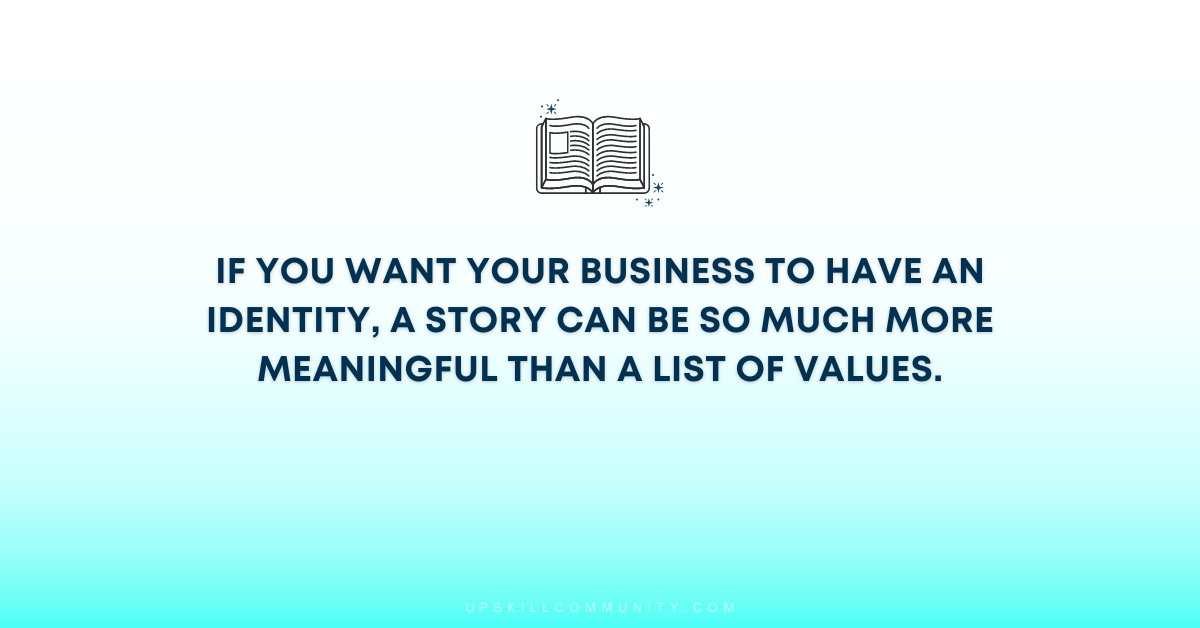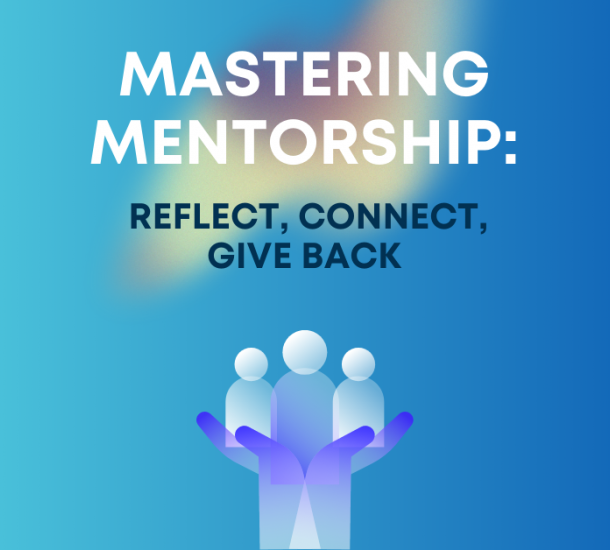UpSkill: The 4 Key Parts of a Business Story

You may be familiar with companies listing their values on their websites or in their commercials. They talk about how they value innovation or their customers.
A story can be much more compelling. In this blog post we’re going to continue pulling from our Fireside Chat will Colleen Stewart
Colleen Stewart, author of “The Story Compass,” built on her study of story structure. Using the four pillars of:
Setting
Challenge
Solution
Outcome
Depending on your audience, and your goal, you may need to tweak the formula to make it effective.
One UpSkiller asked how long each phase of the storytelling should be, and the answer differs based on your goal.
Firstly, you may have a challenge that you need to convince your audience of. Maybe you work in the DEI space, where people may be reluctant to admit there is a problem. Or maybe the area you work in is something that is relatively obscure; you work on an issue most people aren’t familiar with.
In these cases, you need to devote more time to the challenge than most speakers. You need to really paint the picture of what the problem is, and why they should care.
Try to think of these dynamics as you craft a story. If your setting is not in the present, you will likely need some more time to set that up, and so on.
Business stories also serve different purposes. Like we referenced before, some can impart values.
If you’re telling a value story what were we trying to do. What challenge did you face. What did you do to solve it and what was that fantastic outcome we got. What treasure did you seize?
However, some stories try to impart knowledge.
If you’re telling a knowledge story, start your story with what you were trying to do. What challenge you faced. What you might do differently next time and what lesson can everybody take out of it.
Some stories are a bit more straightforward. They are a simple retelling of the company’s journey.
A journey story starts in the past. What challenge did you face. How did you solve it, and where are you now and what can you now share with the world?
First, think of your story purpose. What do you need to convey to your audience? Then mold it using the four pillars. You can create a story that is impactful, vivid, organized and most importantly, effective.

